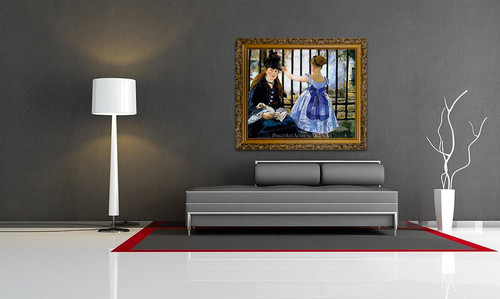
“The Spanish Singer”, rendered in a “weird new way,” opened many artists’ eyes. Several young painters were drawn to Manet’s work because it seemed “somewhat haphazard” in comparison to the precise manner of so many other Salon works. While another, The Spanish Singer (1860), was appreciated by Théophile Gautier and was put in a more prominent area because of its appeal among Salon-goers. Critics panned a painting of his parents, who were paralyzed and speechless at the time due to a stroke. In 1861, the artist had two artworks approved at the Salon. The Absinthe Drinker (1859) by Édouard Manet Édouard Manet, Public domain, via Wikimedia Commons He seldom produced religious, mythical, or historic themes beyond his formative years for instance, Christ Mocked (1865). Embracing Gustave Courbet’s contemporary realism approach, he produced The Absinthe Drinker (1859) and other contemporaneous themes like the homeless, performers, Romani, individuals in cafés, and bullfighting. During this time, his approach was defined by fluid brushstrokes, the reduction of features, and the rejection of transitory tones. Manet traveled to Italy, Germany, and the Netherlands from 1853 to 1856, when he was inspired by Dutch artist Frans Hals and Spanish painters Francisco José de Goya, and Diego Velázquez. Manet spent his leisure time copying the Old Masters at the Louvre. Manet trained under academic artist Thomas Couture from 1850 until 1856.

After he flunked the Navy admissions test repeatedly, his father gave in to his desire to undertake an art education. In 1848, at his father’s recommendation, he traveled to Rio de Janeiro aboard a training ship. On the recommendation of his uncle, Manet joined a specialized sketching class in 1845, when he met Antonin Proust, who would become his longtime friend and the future Minister of Fine Arts in France.Ĭlose-up photograph of artist Édouard Manet, 1870 Nadar, Public domain, via Wikimedia Commons In 1841, he enlisted in the Collège Rollin, a secondary school. His uncle urged him to paint and accompanied him to the Louvre as a teenage boy. His mother was a diplomat’s daughter, and his father was a magistrate who wanted Édouard to go into the legal practice. Édouard Manet was born on the 23rd of January, 1832, in Paris, in the old family residence on the rue Bonaparte, to a wealthy and well-connected household. But when was Édouard Manet born, and how did he rise to fame? It is best to begin with his early life. This dual fascination in Old Masters and modern Realism laid the groundwork for his unique style. Nevertheless, in recent times, experts have recognized that he also learned from his French counterparts’ Naturalism and Realism, as well as 17th-century Spanish art. Édouard Manet’s paintings have long been connected with the French Impressionists he was undoubtedly a major influencer on them, and he learned a great deal from them in return.

2 Édouard Manet’s Artworks and Techniques.1.2 The Career of Édouard Manet the Artist.


 0 kommentar(er)
0 kommentar(er)
